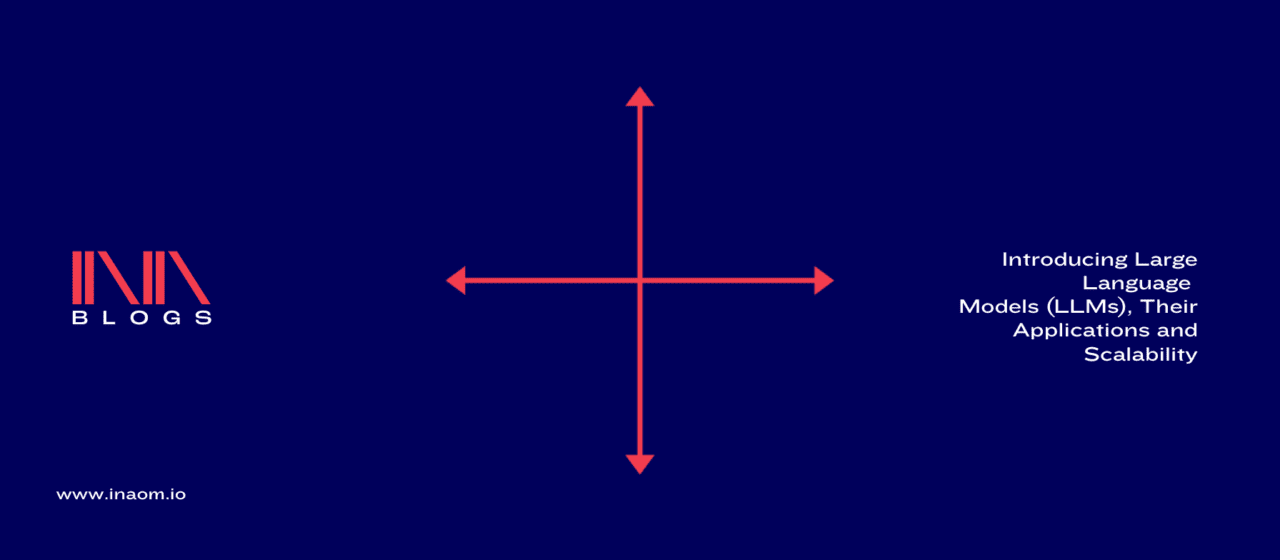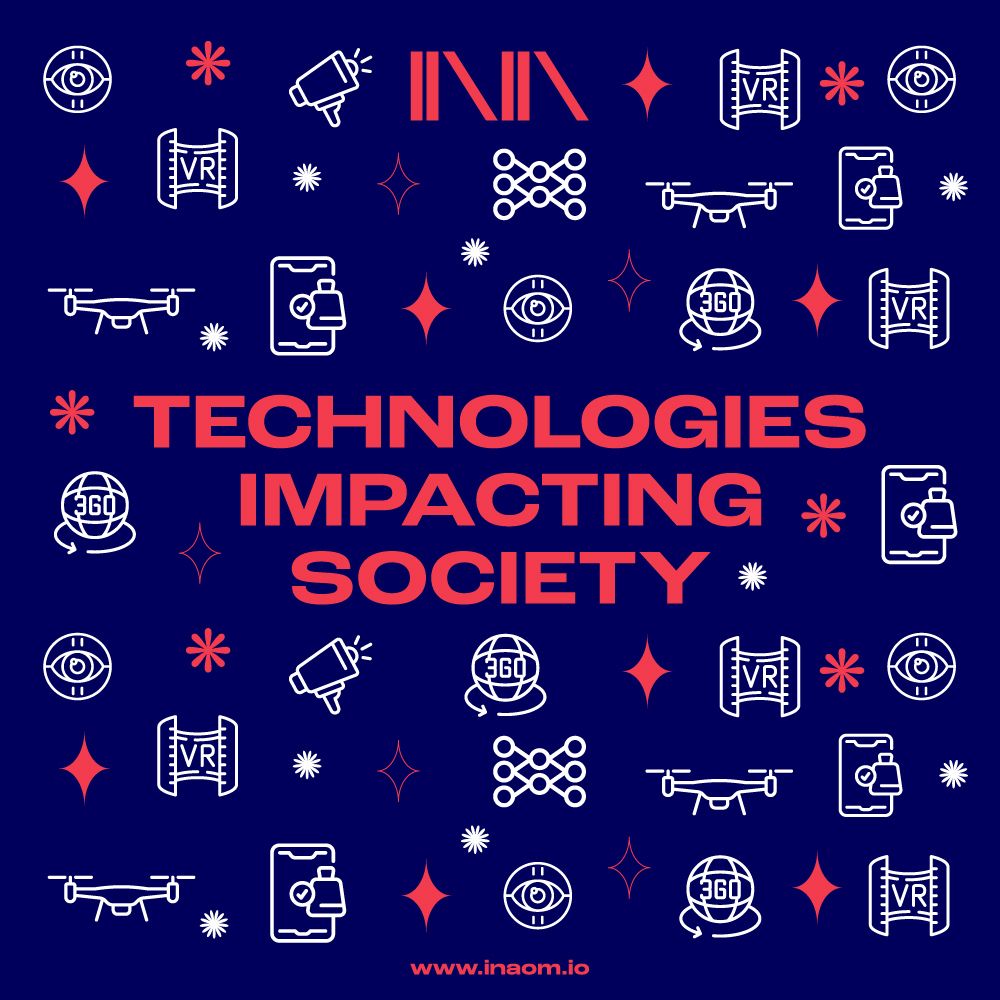
Language models play a crucial role in natural language processing, enabling machines to understand, generate, and respond to human language. Over the years, language models have become more sophisticated, leading to the development of LLMs—Large Language Models. These models leverage massive datasets and complex algorithms to achieve previously unimaginable feats in language understanding and generation.
In this article, we will delve deep into the world of LLMs and explore their potential, applications, and how they are changing the landscape of technology. We will also discuss the challenges and opportunities they present for researchers, developers, and businesses. So, fasten your seatbelts as we embark on a journey to uncover the future of language models!
What are LLMS – Large Language Models?
LLMs, or Large Language Models, are advanced artificial intelligence models that are designed to process and understand natural language on a vast scale. These models employ deep learning techniques and complex neural networks to analyse and generate human-like text with a high degree of accuracy. They are trained on colossal datasets comprising text from the internet, books, articles, and other sources, enabling them to acquire an immense understanding of human language.
LLMs are characterised by their ability to process complex sentence structures, grasp contextual nuances, and generate coherent and contextually relevant responses. Their large size and complexity allow them to outperform traditional language models by a significant margin, making them an indispensable tool for various applications.
Applications of LLMs – Large Language Models
The potential applications of LLMs are vast and diverse, and they are transforming various industries. Here are some of the key areas where LLMs are making a significant impact:
1. Natural Language Processing (NLP)
LLMs have revolutionised NLP by enabling machines to understand human language in a more intuitive and human-like manner. They power virtual assistants, chatbots, and voice recognition systems, providing users with a seamless and natural interaction experience.
2. Language Translation
LLMs have taken language translation to new heights. They can translate text from one language to another with remarkable accuracy, capturing subtle nuances and maintaining the context of the content. This advancement has bridged the language barrier and facilitated global communication.
3. Content Creation
With LLMs, content creation has reached new levels of efficiency and quality. These models can generate creative and engaging articles, blogs, and product descriptions, saving time and effort for content creators while maintaining a high standard of output.
4. Sentiment Analysis
LLMs are instrumental in sentiment analysis, enabling businesses to gauge customer reactions and opinions about their products or services. This helps in making data-driven decisions to improve customer satisfaction and enhance offerings.
5. Healthcare
In the healthcare sector, LLMs are assisting in medical diagnosis, drug discovery, and patient interaction. They can analyse vast medical literature, extract relevant information, and even engage in conversations with patients, providing valuable insights and support to healthcare professionals.
6. Virtual Reality and Gaming
LLMs are enhancing the immersive experience in virtual reality and gaming environments. They power intelligent non-playable characters (NPCs) that can communicate and respond to players’ actions, making the gaming experience more realistic and engaging.
7. Code Generation
LLMs have even found applications in software development. They can generate code snippets, troubleshoot issues, and assist developers in writing more efficient and error-free code.
The Scalability of LLMs – Large Language Models
One of the most remarkable features of LLMs is their scalability. Traditional language models often struggle to maintain performance and accuracy as they increase in size. However, LLMs have shown the ability to scale without compromising their capabilities. This scalability has significant implications for various aspects of artificial intelligence and its applications.
1. Enhanced Performance
With increased size, LLMs can handle more extensive datasets and understand a broader range of language patterns. This leads to enhanced performance in tasks such as language understanding, translation, and content generation.
2. Improved Generalisation
As LLMs scale, they improve their ability to generalise information. This means they can learn from diverse data sources and apply their knowledge to new and unseen situations, resulting in more accurate and contextually relevant outputs.
3. Versatile Training
The scalability of LLMs allows researchers to experiment with different model sizes, facilitating fine-tuning and customization for specific applications. This adaptability makes LLMs highly versatile and applicable to a wide array of tasks.
4. Future Innovations
The scalability of LLMs opens the door for even larger and more powerful models in the future. As technology advances, we can expect even more impressive language models that redefine the boundaries of natural language processing.
Challenges and Ethical Considerations
While LLMs hold great promise, they also present challenges and ethical considerations that must be addressed. As these models become more powerful, concerns about bias, misinformation, and data privacy have come to the forefront.
1. Bias and Fairness
LLMs are trained on vast datasets, which may contain biases present in the data. If not carefully managed, these biases can perpetuate and even amplify societal prejudices. Researchers must strive to make LLMs more fair and unbiased to ensure equitable outcomes.
2. Misinformation and Fake Content
The ability of LLMs to generate human-like text raises concerns about the spread of misinformation and fake content. Efforts are required to develop robust mechanisms to identify and mitigate false information generated by these models.
3. Data Privacy
LLMs rely on extensive data for training, and this data often contains sensitive or personal information. Ensuring data privacy and protection is essential to maintain trust and prevent potential misuse of user data.
4. Environmental Impact
Training large language models requires significant computational resources, which can have a substantial environmental impact. Researchers and developers must explore sustainable practices to minimise the carbon footprint of these models.
Conclusion
LLMs have ushered in a new era of natural language processing, enabling machines to understand and generate human language with unparalleled accuracy and efficiency. Their scalability and versatility make them indispensable tools in various industries, from healthcare and gaming to content creation and language translation.
However, as we embrace the potential of LLMs, we must also be mindful of the challenges and ethical considerations they bring. To ensure responsible and ethical use of LLMs, it is crucial to actively address concerns like bias, misinformation, and data privacy.
In conclusion, the future of language models is bright, and LLMs are at the forefront of this exciting revolution. As technology continues to evolve, these models will play a pivotal role in shaping the way we interact with AI and transforming our world.
Frequently Asked Questions (FAQs)
What are the key features of Large Language Models?
LLMs are characterised by their vast size, ability to process complex language structures, and their scalability. They can understand context and generate coherent responses, making them highly versatile in various applications.
How do LLMs differ from traditional language models?
LLMs are significantly larger and more complex than traditional language models. They are trained on massive datasets, enabling them to achieve higher accuracy and performance in language understanding and generation.
Can LLMs be used for creative content generation?
Yes, LLMs can be used to generate creative and engaging content, including articles, blogs, and product descriptions. They have the capability to mimic human language and produce high-quality text.
Are there any ethical concerns associated with LLMs?
Yes, there are ethical concerns surrounding LLMs, including biases in data, misinformation, and data privacy. Researchers and developers must address these concerns to ensure responsible and ethical use of these models
How are LLMs impacting the healthcare industry?
LLMs are transforming the healthcare industry by assisting in medical diagnosis, drug discovery, and patient interaction. They can analyse vast medical literature and provide valuable insights to healthcare professionals.
What is the future of Large Language Models?
The future of LLMs is bright and promising. As technology advances, we can expect even larger and more powerful models that will revolutionise various industries and redefine the way we interact with AI.










